Chiller compressor types. In this video, we’re going to be looking at the most common types of refrigerant compressors used in chillers. We’re going to have a review of the four most common types, that being the centrifugal, the screw, the scroll and the reciprocating.
Scroll to the bottom to watch the YouTube video tutorial on chiller compressor types
We’re going to have a look at the real world examples of how these look in the plant rooms, so that you can spot these when you’re walking around and we’ll also have a brief look at how each one works.
Centrifugal Compressor
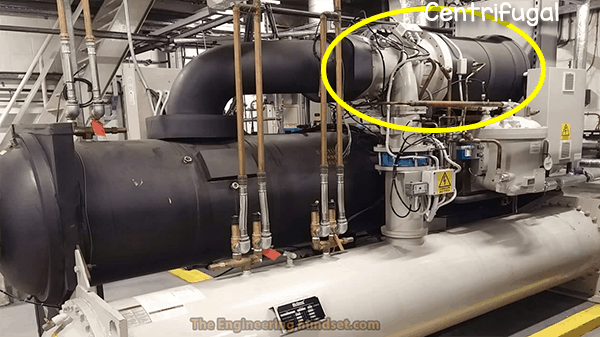
The first one we’re going to look at is the centrifugal type compressor. The centrifugal type compressor looks a lot like this and is quite easy to spot as the compressor is above the chiller with a large volute shaped pipe curling around into the condenser.

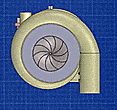
The refrigerant flows in through the suction line, hits into the the centre of the impeller where it will be directed by the blades. The blades rotate and that imparts an angular velocity onto the particles of the refrigerant. This angular velocity makes the refrigerant particles fly out at high velocity, in all directions, and collects in the volute (the outer curl) where it increases in pressure from the kinetic energy, it then passes down into the condenser. This type of compressor/chiller is a very common set up for a central plant in large buildings.
Turbocor Compressor

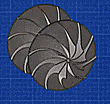
A variation of the centrifugal type is the Turbocor compressor. Turbocor compressors are much smaller units mounted also to the top of the chillers. These work very similar to the centrifugal type, but they have two stage compressors inside. The refrigerant flows in through the front, passes through the two different compressors and then the refrigerant exits and travels down into the condenser. These usually have magnetic bearings and electronic motors inside, which make these units very efficient. Turbocor are becoming much more common and they are set to continue this trend.
Screw compressors
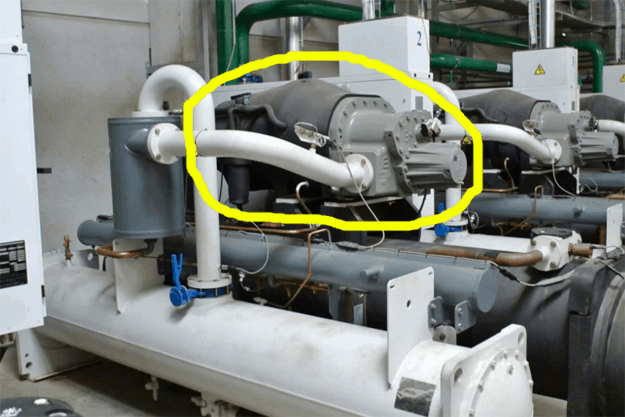
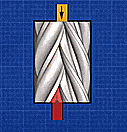
Screw compressors are used for both water cooled and air cooled chillers. With water cooled type the compressor is on top of the chiller and with air cooled type the compressors is under the chiller. Indoor water cooled chillers will often be insulated whereas air cooled may not be. This type takes the refrigerant off of the evaporator and passes through into the compressor. Inside the compressor are two interconnecting screws.
The refrigerant will enter into a void between the two screws, but as the screws rotates they push the socket of refrigerant further into the compressor and squeeze it into a small space. The refrigerant will exit at high pressure high temperature and flows to the expansion valve.
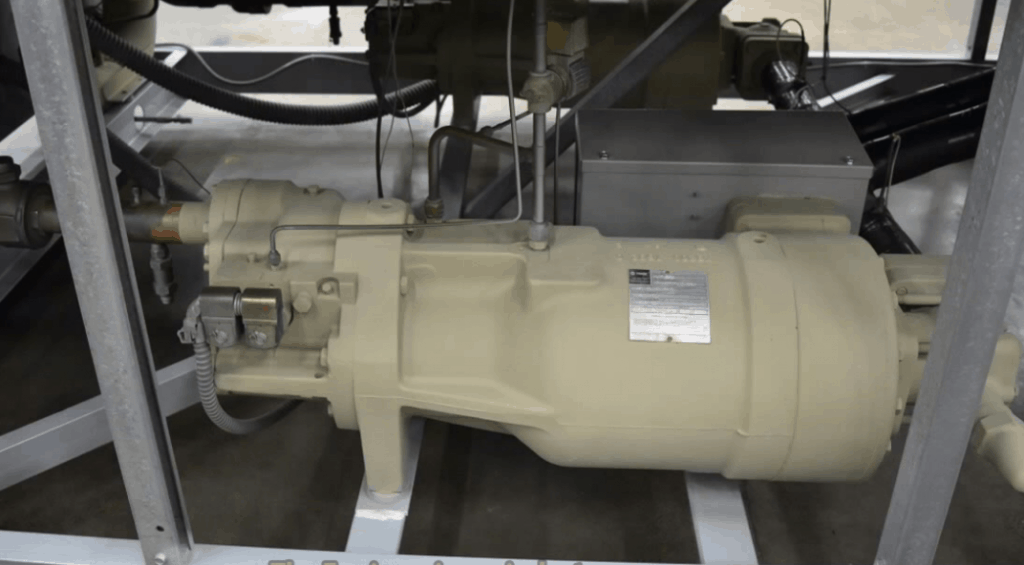
Above is a photo of an air cooled chiller with two screw compressors. It’s common to find 1-2 small screw compressors on air cooled chillers. These will work in parallel and some designs allow for staging by turning off one of the compressors.
Scroll compressors
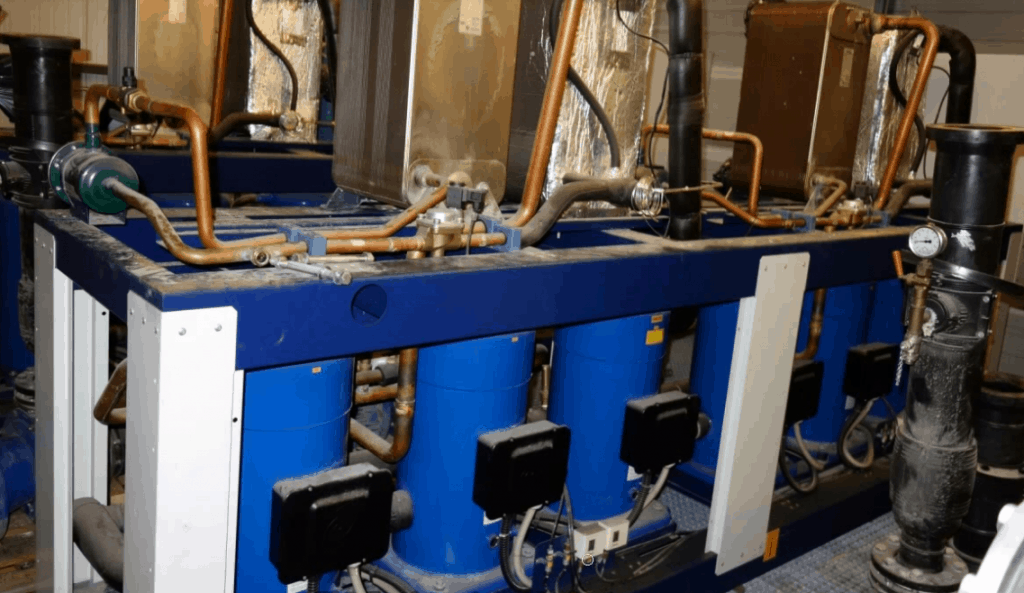
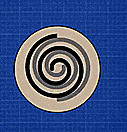
The scroll compressor is used mostly on air cooled chillers but you can also find them on water cooled. Usually one compressor isn’t enough to meet the cooling load so several will be joined together in a bank. In the example above the blue cylinders under the chiller are the compressors which are joined to form a bank.
With these type of compressors, the refrigerant usually enters via the bottom and is fed into the compressor discs. One disc will be stationary whilst the other is rotated to compress the refrigerant into a tighter space. The refrigerant is forced around the spiral as the disc moves which causes it to compress, it will then leave via the top and head to the expansion valve.
Reciprocating compressors
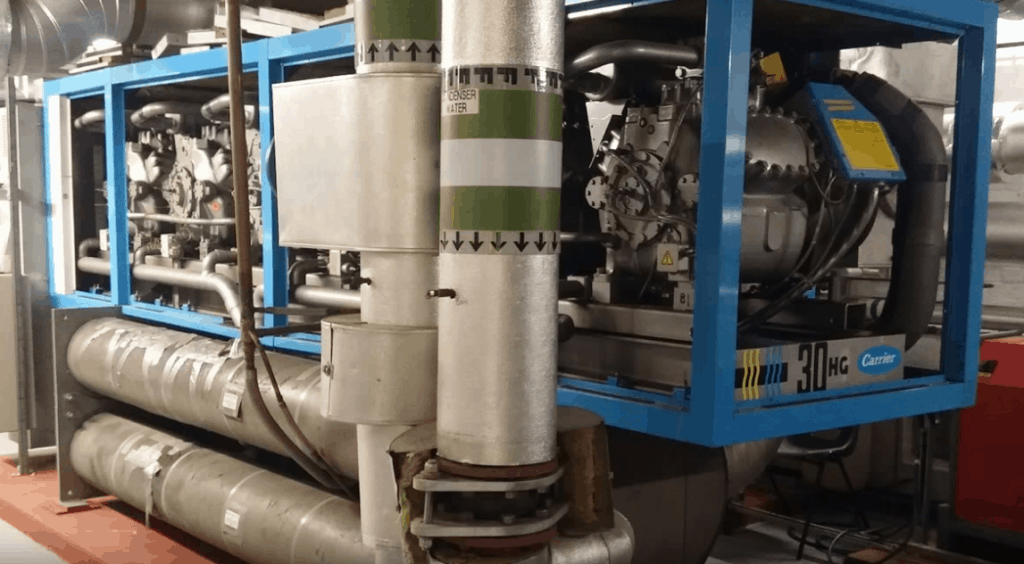
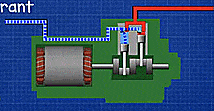
The last one we’re going to look at is the reciprocating type compressor. These type are becoming less common because newer, more efficient, technology has been replacing it so these are slowly being phased out in commercial refrigeration at least. It’s still quite popular in industrial refrigeration. These are very strong and reliable compressors which seem to just work forever with the right maintenance. There are a lot of moving parts though so they can be expensive to operate.
In reciprocating types the refrigerant will often pass over the electrical motor to proving cooling to the electrical coils and then head into the compression chamber. The compression chamber is simply a number of piston and chambers which the refrigerant will flow into. The piston is on a crank which moves it up and down. As it moves it will compress the refrigerant into the chamber and at a timed interval the refrigerant will exit at a high pressure.

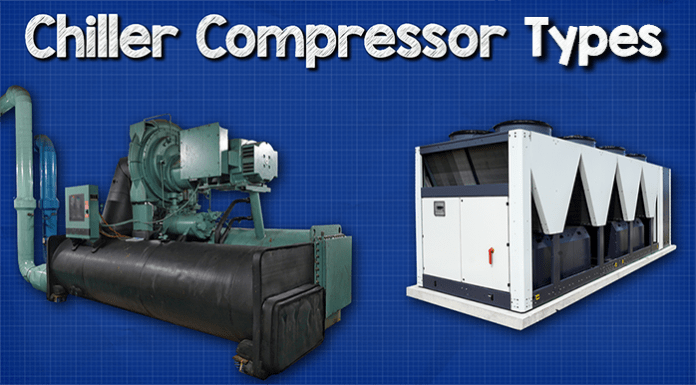



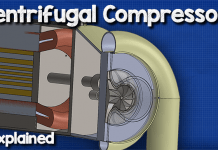
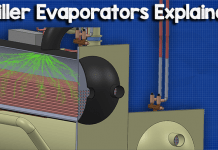
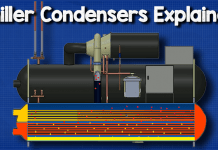
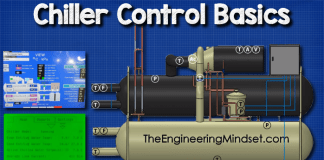
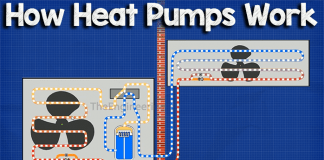
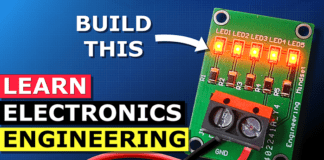
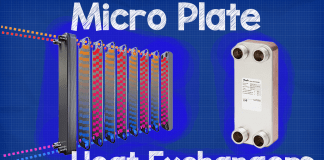
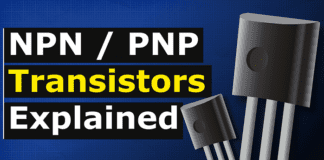









Looking for AHU Tica Chiller compressor
Pls inform
do you manufacture compressors for chillers used in galleys on airplanes